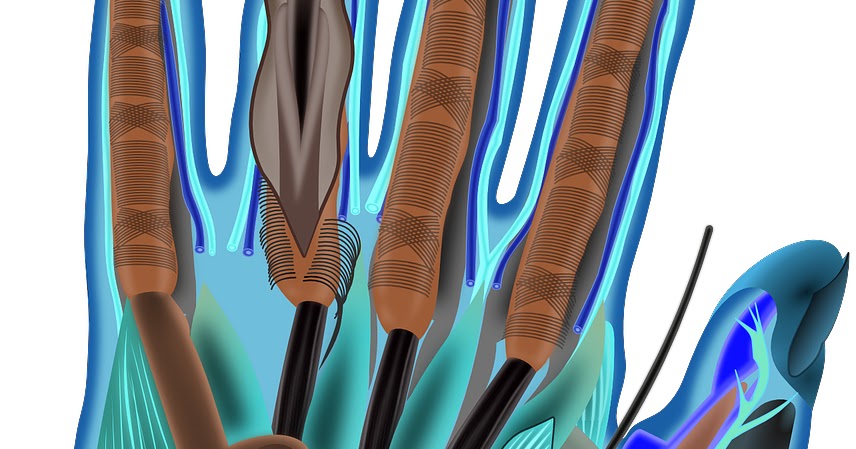

They will also ask about a person’s habits, routines, and work.ĭoctors will obtain a thorough medical history. These will include when they occur, their frequency, and certain activities they perform that lead to the symptoms. To diagnose CTS, doctors will ask questions about the symptoms a person is experiencing. Read more about hand exercises for CTS here.

Since doctors administer it locally, there is minimal risk to the pregnant person and fetus. Steroid injections: A doctor may inject steroids into the carpal tunnel to reduce inflammation.Topical numbing agents may also relieve symptoms. However, high doses will not be recommended by doctors, as these may affect circulation in the fetus. Doctors recommend paracetamol as the first choice of pain reliever. Medications: Pain relievers are generally safe for pregnant people.Therapy: A physical or occupational therapist can create a program to reduce swelling, improve circulation and range of motion, and strengthen weak finger muscles.Doctors recommend wearing the splint while sleeping. Splinting: This involves immobilizing the wrist in a neutral position for at least 3 weeks to reduce swelling and allow the nerve to heal.Most doctors recommend the following treatments: Researchers have also associated higher postpartum depression scores with long lasting CTS symptoms. Hormonal changes during lactation and repetitive motions and positions during breastfeeding may cause pregnancy-related CTS after delivery.

However, 1 in 6 people will still have symptoms a year after pregnancy, particularly in people who had severe CTS in the earlier stages. Most symptoms resolve weeks or months after delivery as the swelling and edema subside. Most pregnant people notice symptoms during their third trimester since edema and swelling are more common in this stage.Ī 2021 study found that CTS is most common in the third trimester ( 40%), followed by the second trimester (35%), then the first trimester (25%). For example, if the wrist is bent forward or backward when using a phone or driving. Symptoms can often occur during the day when holding something for a prolonged period of time. pain or tingling that travels up the forearm.

occasional shock-like sensations that radiate to the thumb and index, middle, and ring fingers.numbness, burning, and pain, primarily in the thumb and index, middle, and ring fingers.However, some people may only have symptoms on one hand. Symptoms often affect both hands, but affect the dominant hand more. Compression of the median nerve may cause symptoms to range in intensity from mild discomfort to severe pain.


 0 kommentar(er)
0 kommentar(er)
